.
Some of the best cherry blossoms and fall foliage viewing spots in Tokyo. Includes each place’s most picturesque features and short instructions for how to get there (especially for JR Pass holders).
.
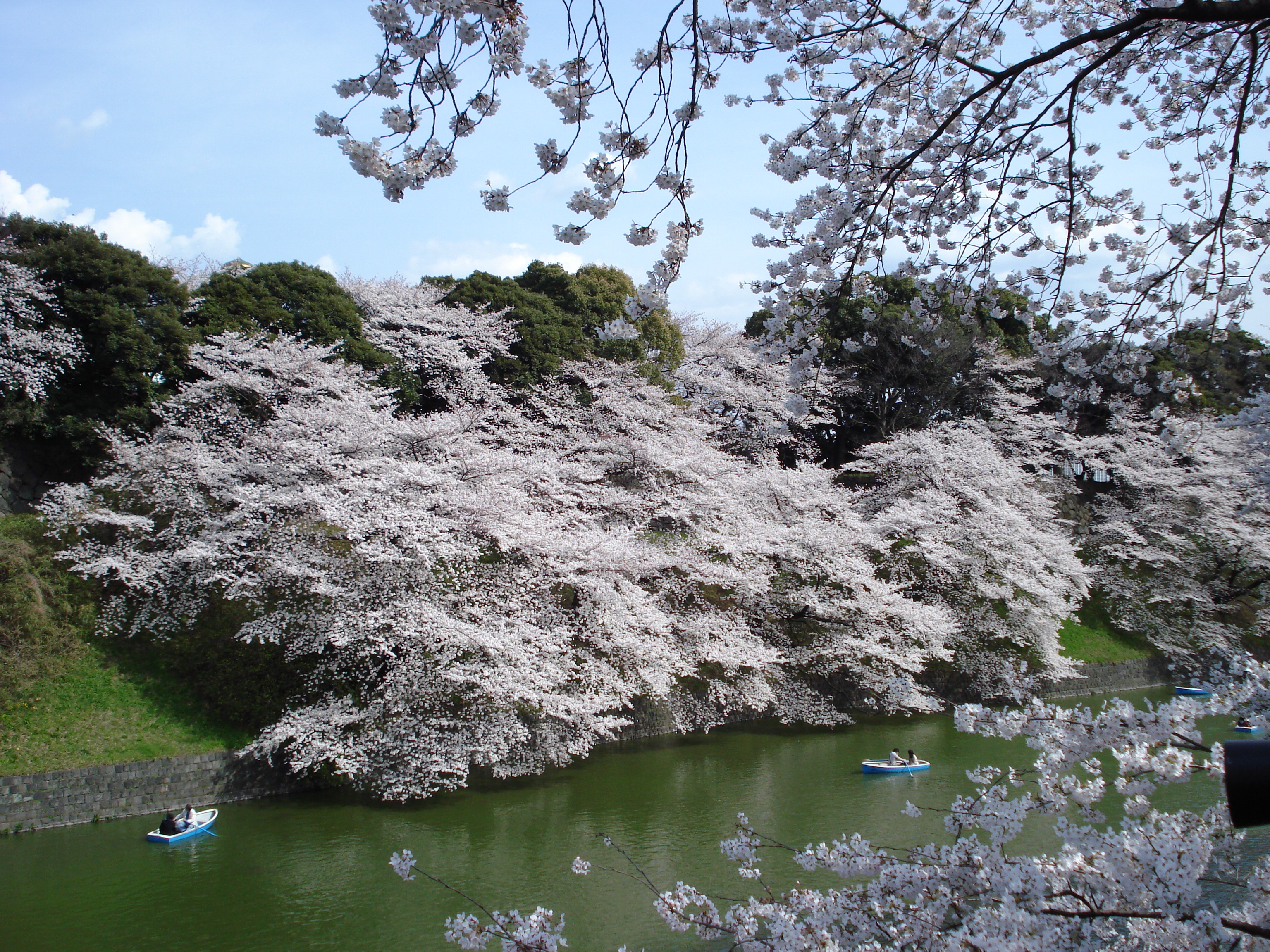
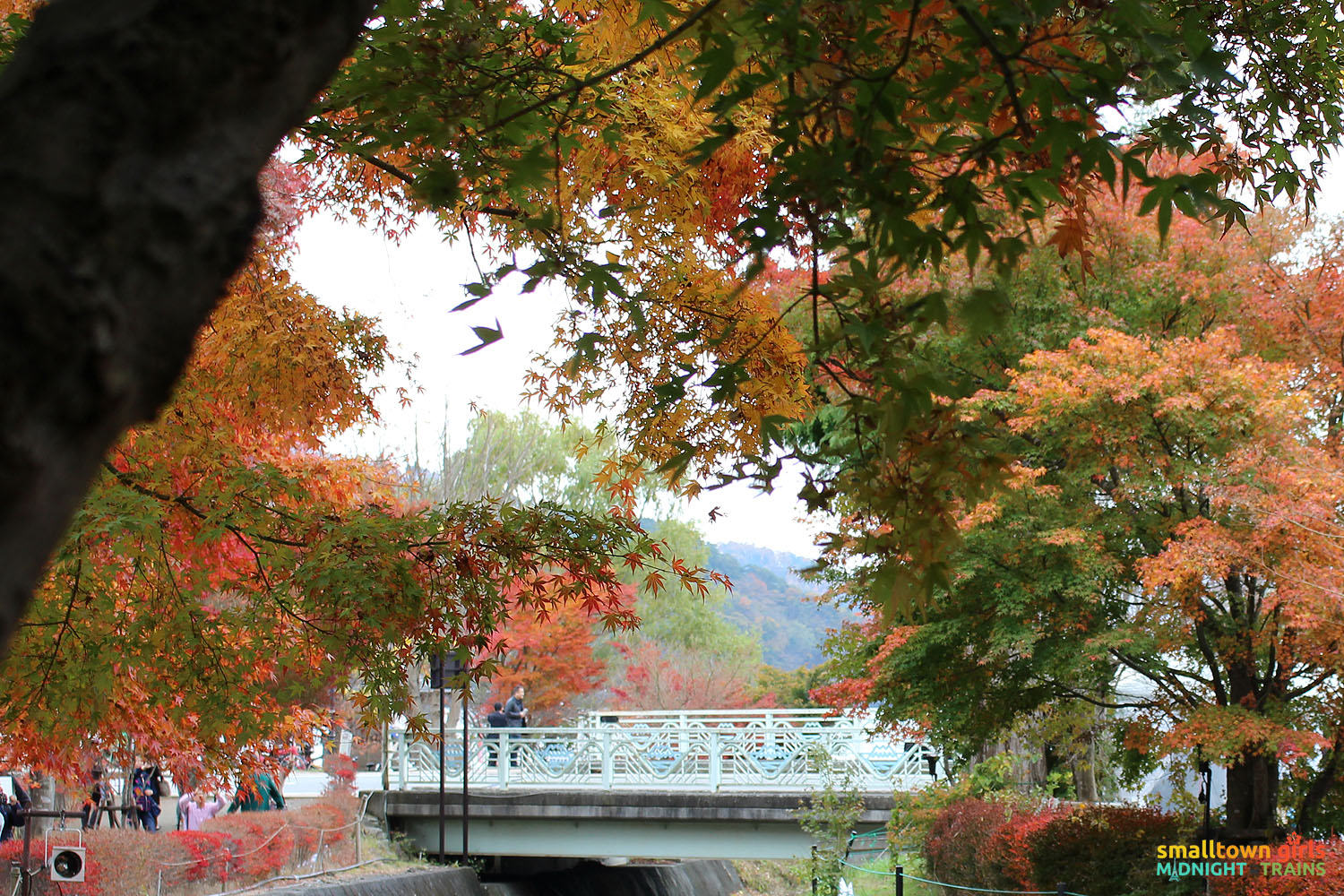
.
There’s something about the Japanese culture of appreciation for flowers and leaves. I was in Tokyo last November to view the fall colors, and when I went to the Momiji Kairo (Maple Corridor, or the “Walkway of Red Leaves”) near Lake Kawaguchi, most of the people there with me weren’t foreign tourists but the Japanese themselves. And you could tell it wasn’t just for something to post on Instagram — many had no cameras in hand. A spry white-haired lady was there with her granddaughter. There were elderly couples. Families. Many of them walked slowly, taking their time. Appreciating without feeling the need to keep. It reminded me of a poem we learned in freshman year of high school (hi Mrs. Aranduque!) — if, as Ralph Waldo Emerson writes in his Rhodora, beauty is its own excuse for being, then the appreciation of beauty ought also, by itself, to be enough.
*
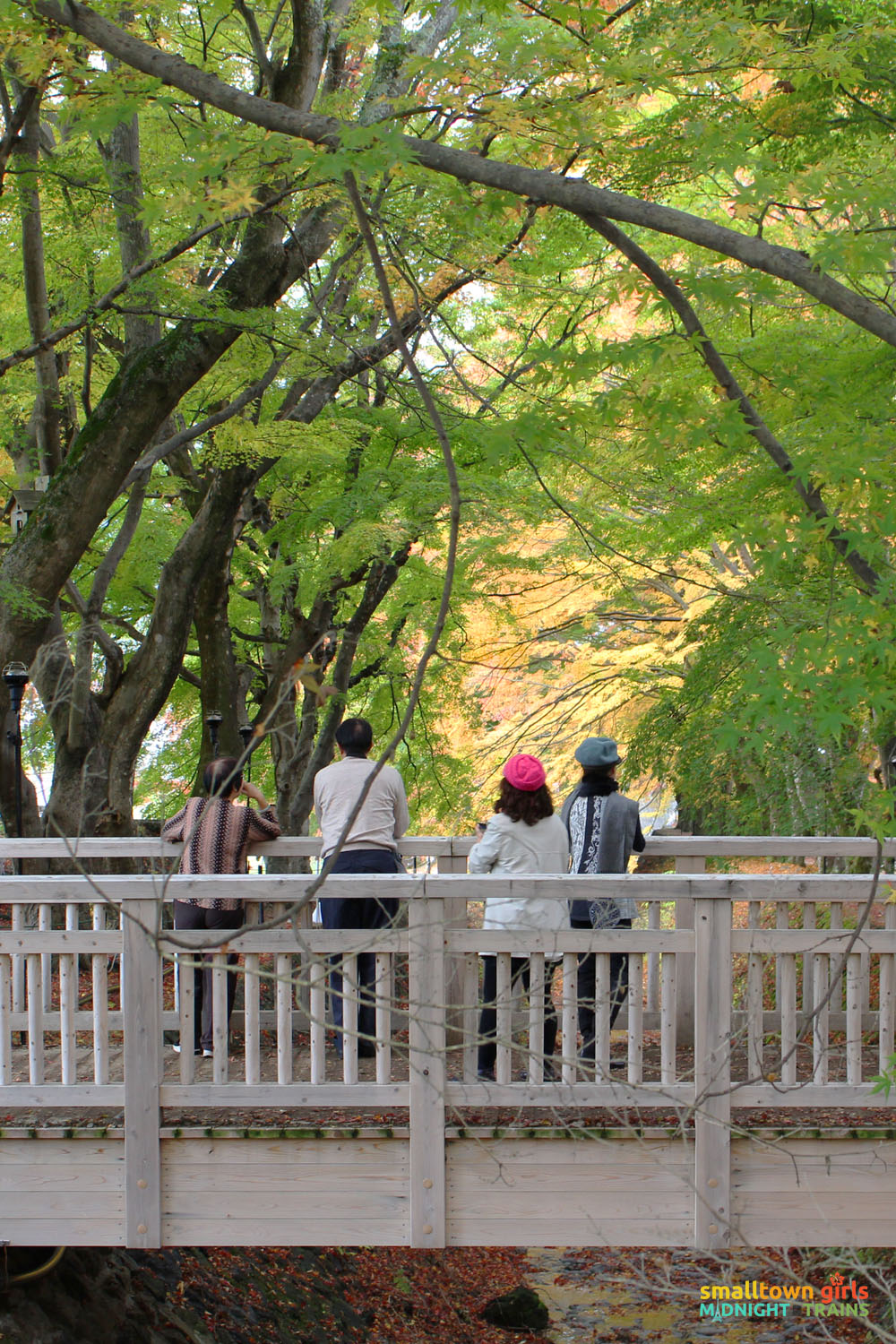
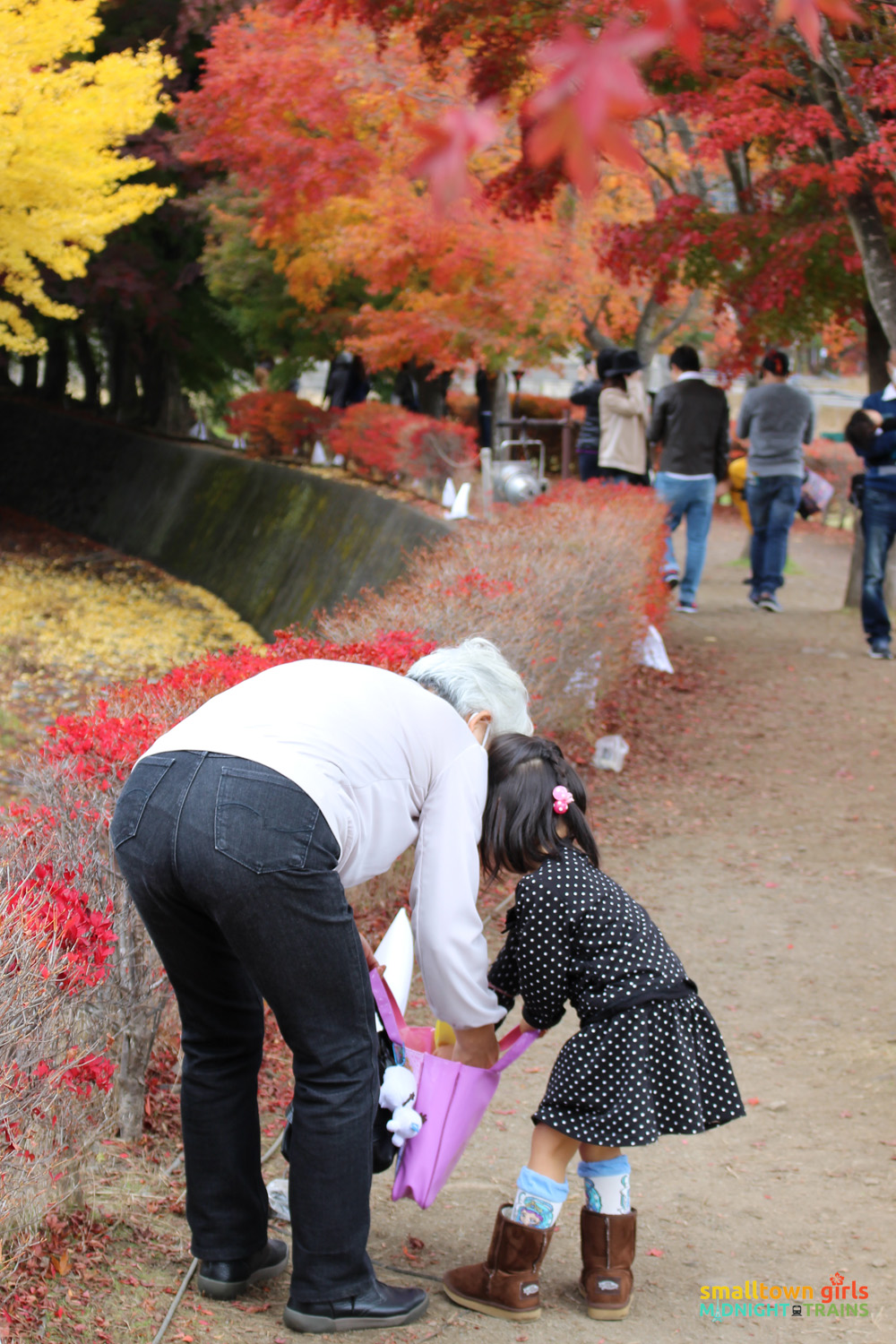
_
Momiji Kairo is in the Kawaguchiko district, 2 hours away from Tokyo (directions at the end of this post). However, there are spots within Tokyo itself that are perfect for viewing both the cherry blossoms and the fall colors.
*
Rikugien Garden
*
Known for:
- Japanese landscape garden considered Tokyo’s most beautiful
- Weeping cherry trees near the main gate that typically bloom from late March to early April
- Autumn colors particularly beautiful around the stream that runs by the Tsutsuji no Chaya teahouse, around the Togetsukyo Bride and from the Fujishirotoge viewpoint
How to get to Rikugien Garden:
- Take the JR Yamanote line to Komagome Station — 5-10 minute walk south leads you to main entrance gate
*
Shinjuku Gyoen
*
Known for:
- One of the best places in Tokyo to see cherry blossoms with over a thousand cherry trees of various varieties, including ones that bloom early and late
- Traditional Japanese landscape garden with large ponds, islands, and bridges
- Numerous maple trees around the Japanese garden and Momijiyama (maple mountain) on the eastern side (colors usually best from mid-November to mid-December)
How to get to Shinjuku Gyoen:
- JR Shinjuku Station — “New South Exit” — 10-minute walk east — Shinjuku Gate
- JR Sendagaya Station (local Chuo/Sobu Line) — 5-minute walk — Sendagaya Gate
*
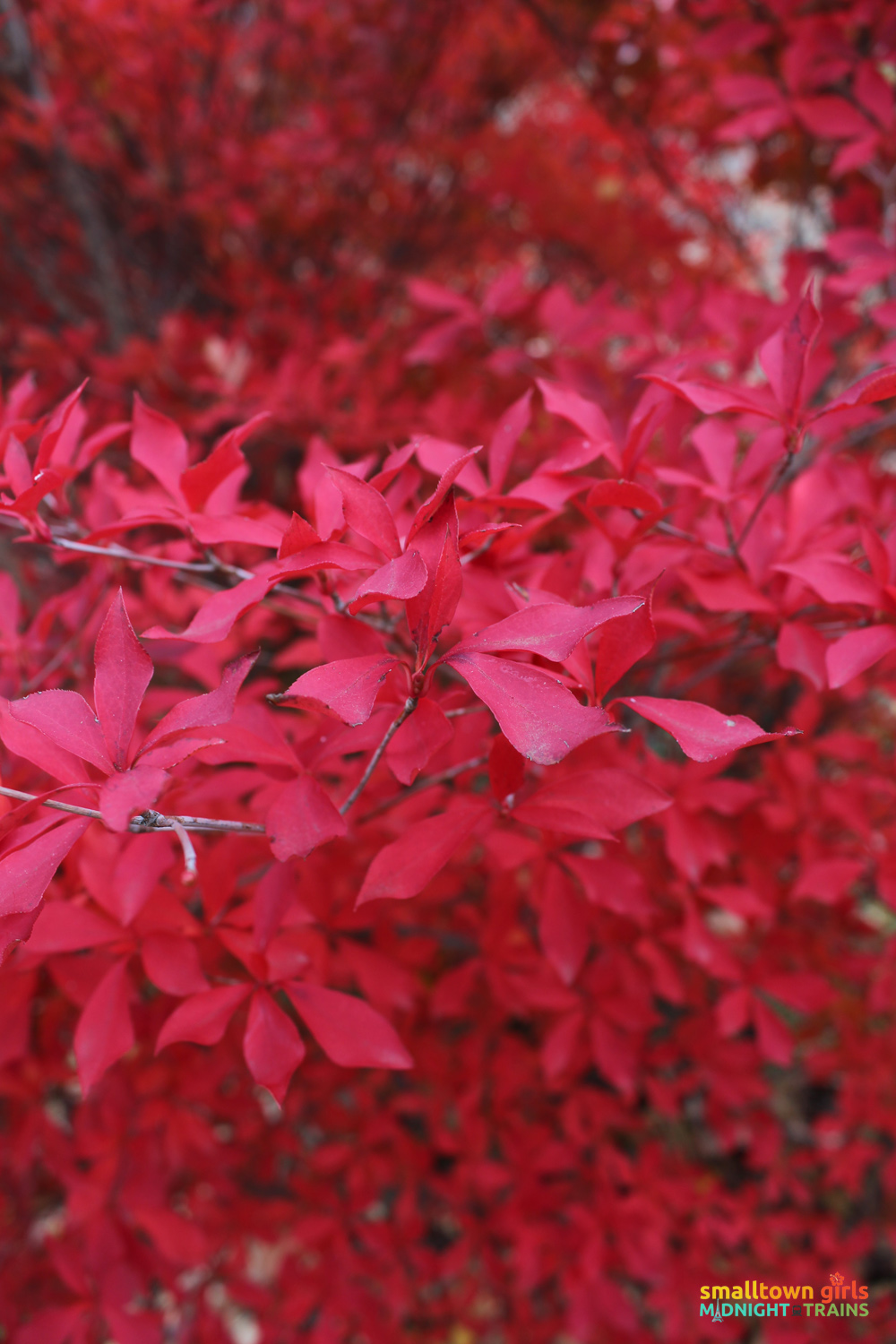
Mount Takao (Takaosan)
*
Known for:
- Hiking
- Observation deck overlooking Tokyo with views of Mount Fuji on clear days
- Takaosan Senbonzakura (“Mount Takao Thousand Cherry Trees”) that typically bloom a few later than those in central Tokyo
How to get to Mount Takao:
- Keio Railways — direct semi-limited express trains (50 minutes/390 yen) leave Keio Shinjuku station every 20 minutes — alight at Takaosanguchi terminal station, which is at the foot of the mountain
- JR Chuo Line — Shinjuku to Takao Station (40 minutes/550 yen) — transfer to Keio Line and ride one more station to Takaosanguchi Station (3 minutes/130 yen)
*
Showa Kinen Koen (Showa Memorial Park)
*
Known for:
- Around 1500 cherry trees that often bloom later than those around central Tokyo (in case you miss peak cherry blossom season)
- Spectacular fall foliage, especially the ginkgo trees around the main entrance and the maples around the Japanese garden
- Waterfowl Lake
- Komorebi Model Village and Pond
How to get to Showa Kinen Koen:
- Take the JR Chuo Line to Tachikawa — take the JR Ome Line to Nishi Tachikawa — the Nishi-Tachikawa Gate is right across the Station
*

Yoyogi Park (Yoyogi Koen)
*
Known for:
- Over 600 cherry trees
- Gingko tree forest, which turns golden in autumn
How to get to Yoyogi Park:
- Take the JR Yamanote Line to Harajuku Station
- 5 minute walk from Harajuku Station, next to Meiji Shrine
*
DAY TRIP: Lake Kawaguchiko
*
Known for:
- Views of Mount Fuji — particularly beautiful during cherry blossom season (mid-April) and koyo season (first half of November)
- Momiji Kairo (Walkway of Red Leaves) — an entire walkway of brilliantly colored maples (peak from early to mid-November)
How to get to Lake Kawaguchiko:
- Take a Fujikyu or Keio Bus from the Shinjuku Highway Bus Terminal (opposite Yodobashi Camera near the West Exit of Shinjuku Station) to Kawaguchiko Station (2 hours/1750 yen)
- Take a Fujikyu or JR Kanto Bus from Tokyo Station (Yaesu South Exit) to Kawaguchiko Station
- From Kawaguchiko Station, take retro bus around Lake Kawaguchiko
- 2-day pass costs 1200 yen
- One-time journey from Kawaguchiko to Itchiku Kubota stop is only 380 yen
- Momiji Kairo is a 1-minute walk from the Itchiku Kubota Museum stop
*
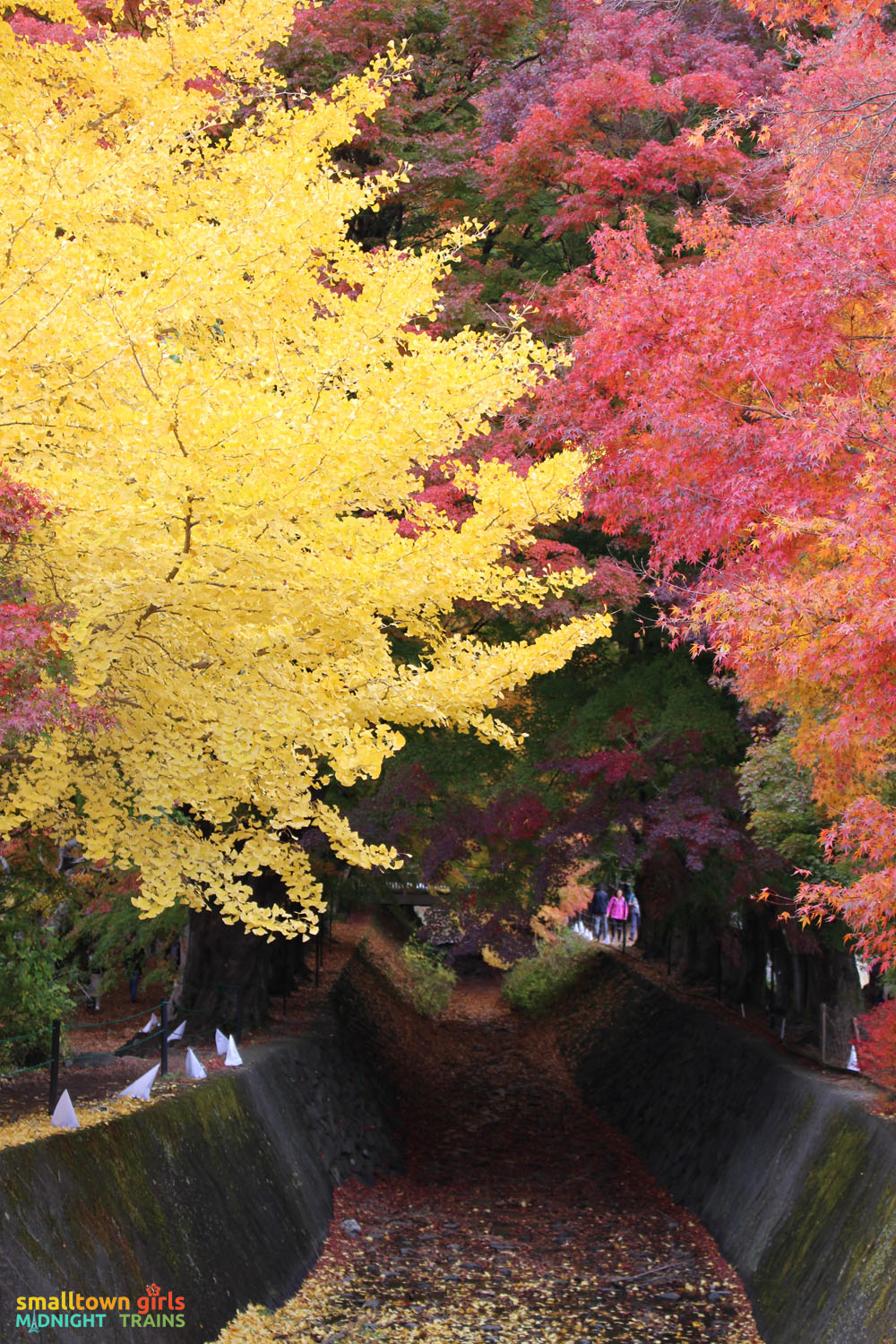
*
Where are your favorite nature viewing spots? Have you ever tried intentionally going to a beautiful place without a camera?
*
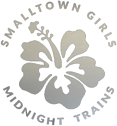
Tokyo Notes: Quick Guide to 5 of the Best Cherry Blossoms and Fall Foliage Viewing Spots in Tokyo
© Small-Town Girls, Midnight Trains. All rights reserved.
